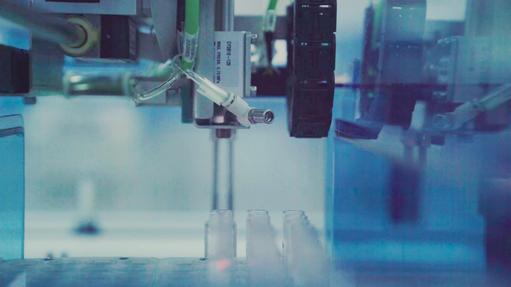|
By assessing these cultural attributes, enterprises can develop targeted strategies to address gaps and build on strengths. Such an approach ensures that corporate culture evolves to support strategic goals, enhance operational efficiency, and advance a positive work environment. A well-executed audit is essential to transform corporate culture into a strategic driver of growth and success.
Aligning Corporate Culture with Strategic Objectives
The first step is to establish a clear vision and values that resonate throughout the organisation. The vision articulates the company's aspirations, while values provide guiding principles for decision-making. Consistent communication and integration of these elements into every aspect of the enterprise helps to ensure a unified direction.
Integrating culture into strategic planning means embedding it into core initiatives and operational plans, not treating it separately. Cultural initiatives should be woven into strategic goals, from improving quality and processes to ensuring regulatory compliance. For example, a company that prioritises excellence in quality should incorporate rigorous standards and continuous improvement practices into its strategic plan. Aligning corporate culture with strategic objectives supports a motivated workforce fully engaged in the company’s mission. This ensures cultural strengths drive performance, enhance employee satisfaction, and deliver superior outcomes.
Driving Growth through Corporate Culture
Fostering a culture of innovation and agility empowers organisations to swiftly adapt to technological advancements and market shifts. By nurturing an environment that values creativity, companies can support R&D, encourage cross-functional collaboration, and celebrate innovative ideas.
Agility requires a flexible organisational structure, empowering employees to make decisions, streamline processes, and maintain open communication for rapid information flow. Encouraging calculated risk-taking and learning from failures is also important. Employees should feel free to experiment without fear of punitive repercussions, with leaders demonstrating tolerance of failure and framing mistakes as learning opportunities.
Enhancing Value through Employee Engagement
To develop a motivated and committed workforce, it is essential to instil a sense of purpose and belonging among employees. When individuals understand their contributions align with the enterprise's mission they feel valued, and their engagement levels rise. Achieving this can be facilitated through recognition programmes, professional development opportunities, and a supportive work environment emphasising work-life balance.
Effective communication and collaboration practices are also important. Transparent communication keeps employees informed about company goals and progress. Regular town hall meetings, newsletters, and an open-door policy facilitate this. Encouraging cross-functional collaboration breaks down silos and promotes teamwork. Collaborative tools, cross-functional projects, and team-building activities are essential.
When employees are engaged and feel a part of a cohesive, communicative, and collaborative culture, their productivity and satisfaction increase. This not only enhances individual performance but also drives the overall success and value of the organisation. Engaged employees are more likely to contribute to innovation, improve customer relationships, and support sustainable growth.
Bolstering Competitive Advantage with a Strong Culture
Creating a unique culture starts with identifying and emphasising values and practices that align with the organisation’s mission and vision. Such an identity should resonate with both employees and stakeholders, encouraging an environment that prioritises innovation, customer-centricity, or cutting-edge technology. As a result, it attracts top talent and drives loyalty.
Leveraging culture for brand building and market positioning further enhances competitive advantage. A strong corporate culture becomes a key element of the enterprise’s brand, influencing market perception. For instance, a culture of continuous innovation can position a company as a leader in technological advancements, appealing to customers seeking the latest medical solutions. Consistently communicating cultural values through marketing and customer interactions reinforces this positioning.
A well-cultivated culture differentiates corporations from competitors, driving brand loyalty, attracting top-tier talent, and ensuring sustained market relevance and growth.
Corporate Culture and Regulatory Compliance
A positive and pervasive corporate culture can enhance a company's ability to maintain continuous FDA compliance. Firstly, a culture that prioritises quality and safety ensures all employees understand the importance of compliance, encouraging attention to detail and proactive issue resolution. Secondly, engaged employees in a positive culture exhibit a strong sense of accountability, diligently following protocols and contributing to continuous improvement. Comprehensive training programmes in such cultures keep employees well-versed in FDA regulations, minimising non-compliance risks. Open communication and transparency enable employees to report compliance concerns without fear, facilitating prompt corrective actions. Ethical decision-making, promoted by a positive culture, discourages cutting corners and aligns operations with regulatory standards. In such environments, strong leadership emphasises compliance as a core value, offering essential guidance and resources. A supportive culture also builds resilience and adaptability, important for navigating regulatory changes.
Steps to Develop an Effective Corporate Culture
Leadership commitment and role modelling are important first steps, as leaders must visibly demonstrate the desired cultural attributes in their actions and decisions. This sets a tone that cultural transformation is a priority.
|





























